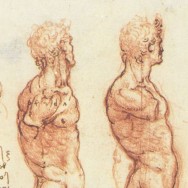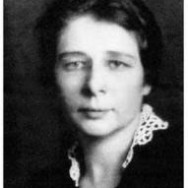Rolfing
How does Rolfing feel?
The prevailing strategy in Rolfing is to work across planes of fascia lengthening them with a broad contact, such as a palm or forearm. Pressure directly downward would be perpendicular to the goal, would pin the tissue and leave it without a direction of release. So Rolfing often feels broad rather than pointy, precise rather than whimsical. It delivers the satisfaction of scratching an itch buried deep in the body that other forms of bodywork have only danced around. The Rolfing process is a wordless dialogue between the practitioner’s contact and the client’s tissues, each teaching the other what is needed for the next degree of functional order to happen. Rolfing is the sensation of being present to this dialogue. There is a prevalent reputation for the process being painful. In its inception it probably deserved it. Happily, the system has been continuously refined for over 50 years to achieve superior results through minimal client discomfort. What remains at points is a burning sensation that is the hallmark of fascia releasing and reorganizing, a sensation akin to a deep stretch. And, like a stretch, it can be intense. It is the interpretation of this intensity that is the pivotal element. What remains at points is a burning sensation that is the hallmark of fascia releasing and reorganizing, a sensation akin to a deep stretch. And, like a stretch, it can be intense. It is the interpretation of this intensity that is the pivotal element. If you embrace the sensation, do not interpret it as an injurious signal, but rather as a brief, beneficial harbinger of fascial release, it is unpleasant, but not painful. It is when this sensation triggers a fear response that tips the scales for unpleasant to painful. The bottom line is that you,the client have the final say-so about pressure and duration. If the work is too intense for your nervous system, the body recoils and nothing will be gained. To soften and unstitch patterns of strain that in some cases have made inroads down to the core, the Rolfer’s hands must earn a client’s...
Read MoreWho was Dr. Ida Rolf?
Dr. Ida Rolf earned her Ph.D. in biochemistry in 1920. This unusual achievement for a woman of that era points to the tenacity with which she went about her purposeful life. With a scientific aptitude she delved into a range of practices and ideas including yoga and osteopathy, which, at the time, were in the shadows, quite discounted by the vast majority of her colleagues. Confronted with health problems within her immediate family and social contacts which mainstream medicine could not resolve, Dr. Rolf pioneered a successful treatment approach which eventually coalesced into the Rolfing ten series. Dr. Rolf began teaching her ideas, and eventually opened her own school. She never thought of her work as completed or static. Since her death in 1979, her students have continued to explore, research and refine the work of Structural...
Read More



